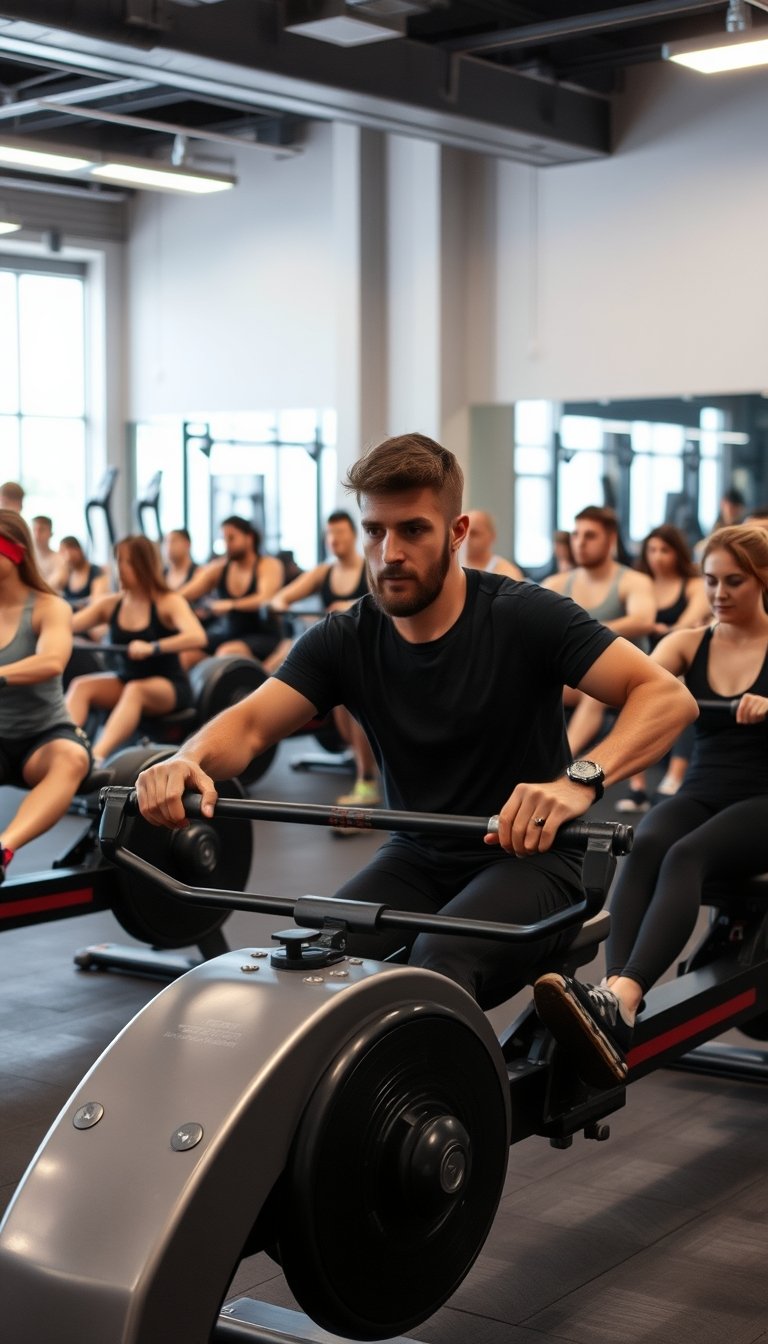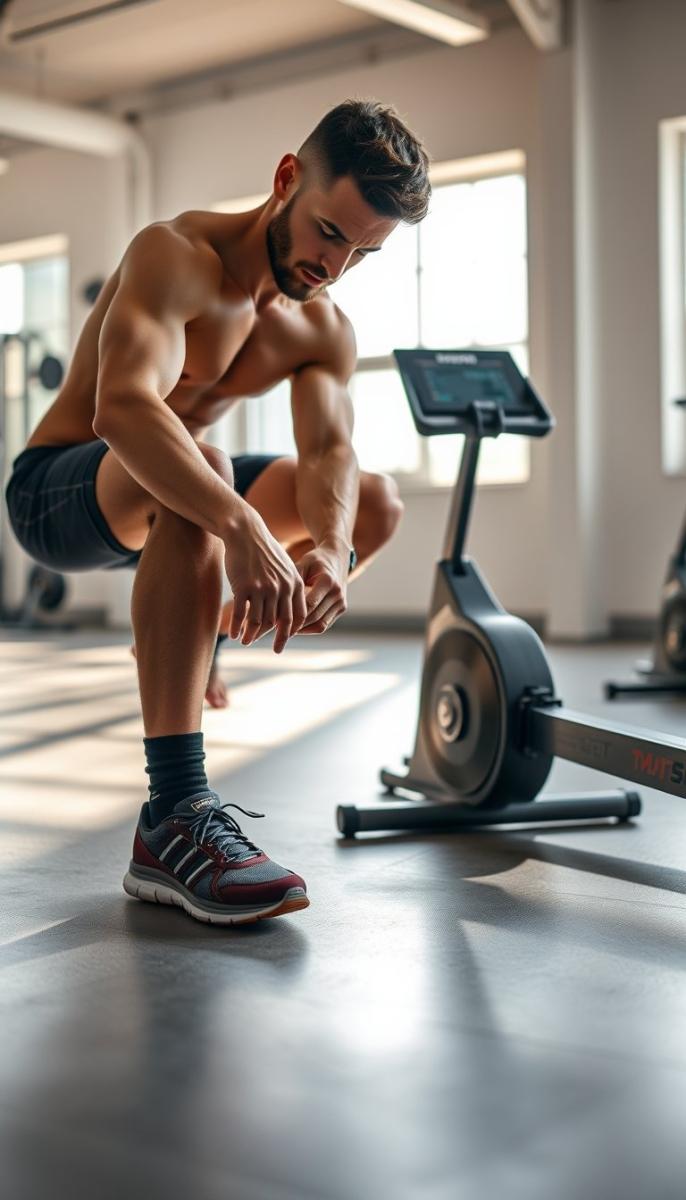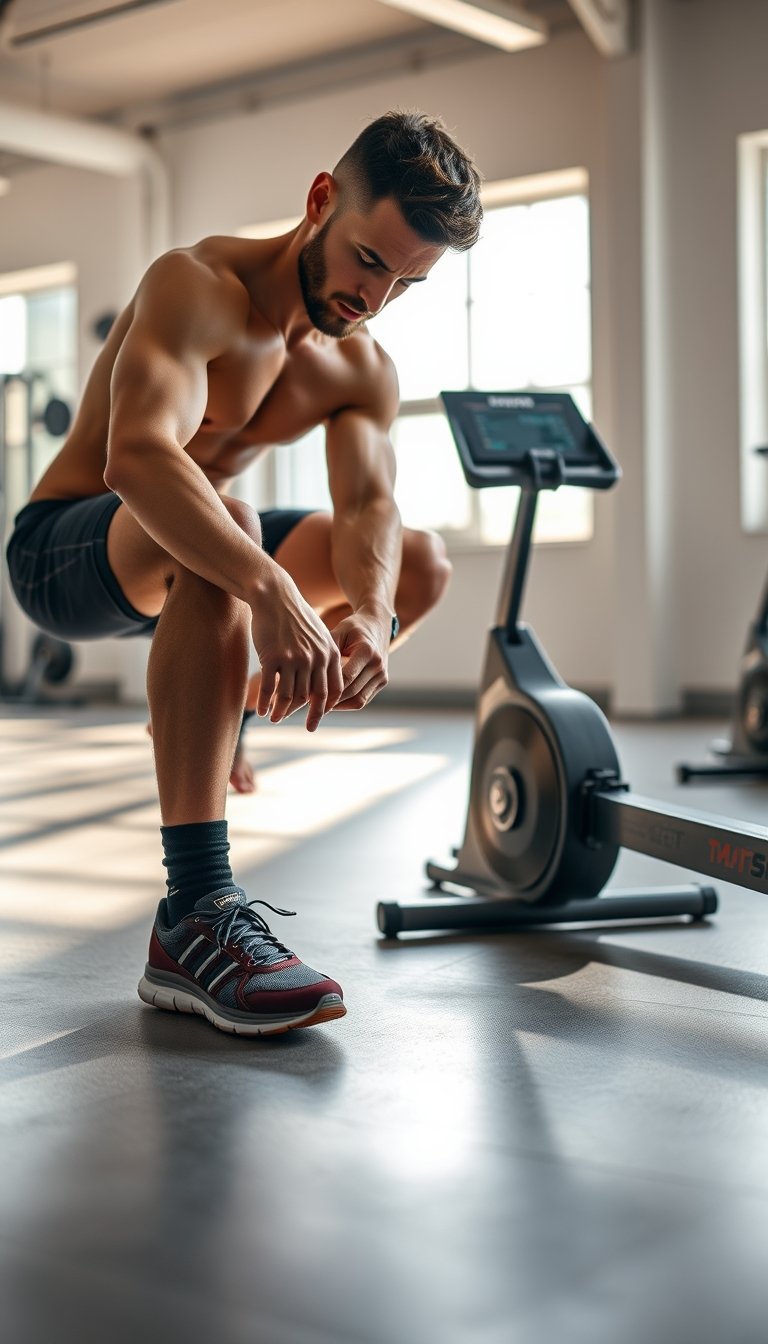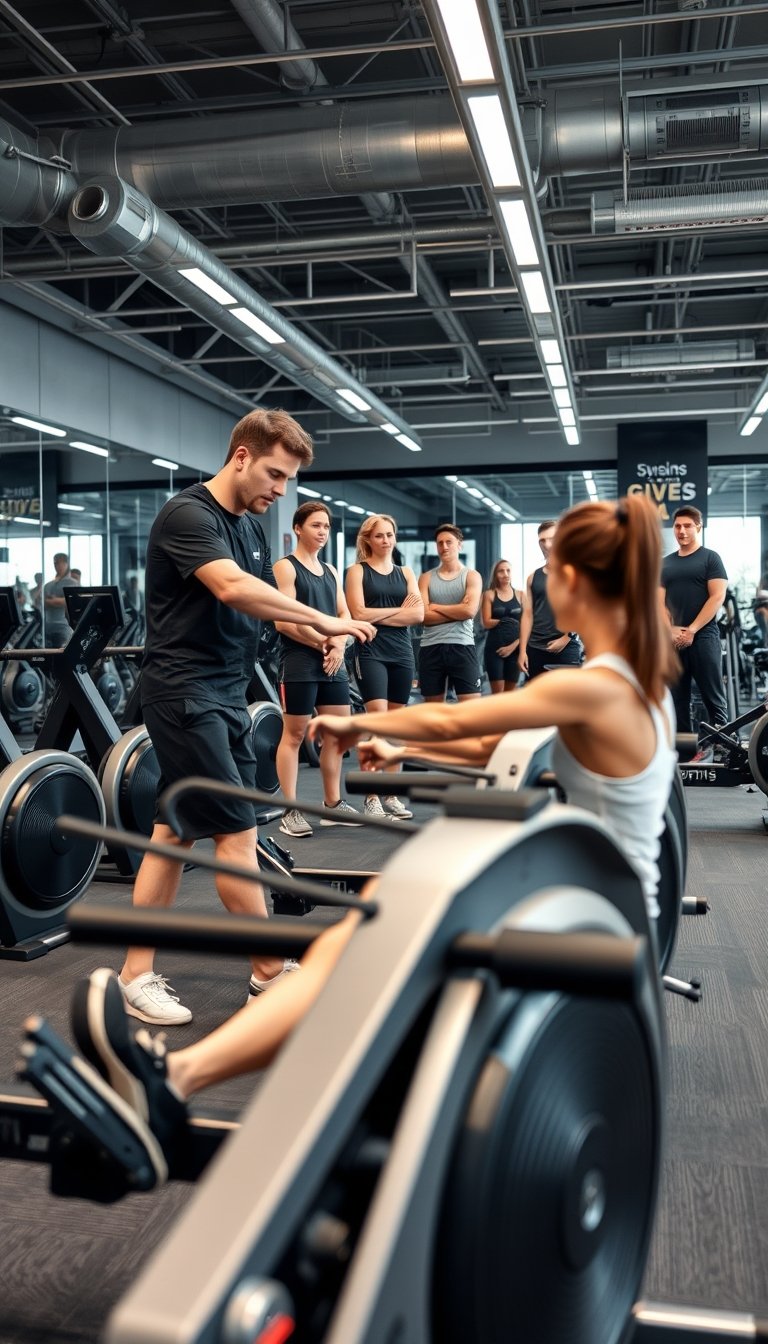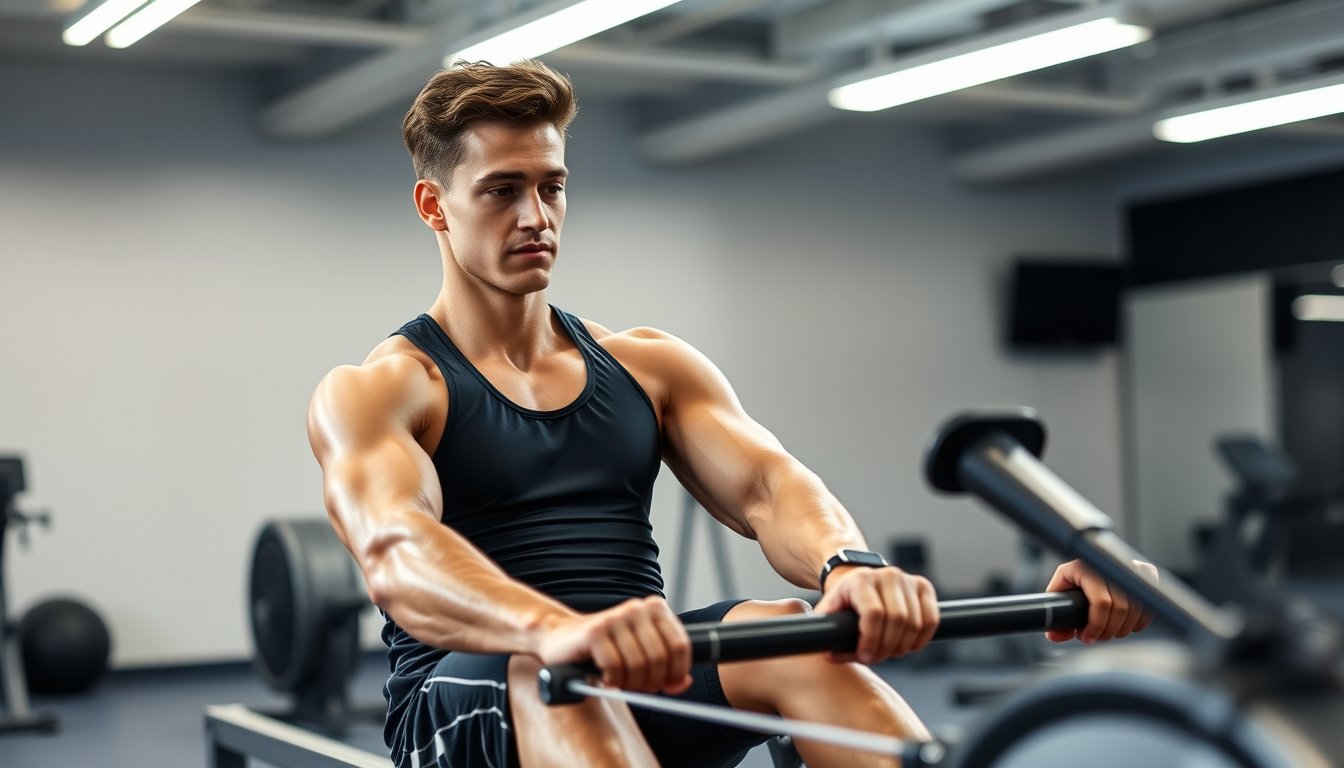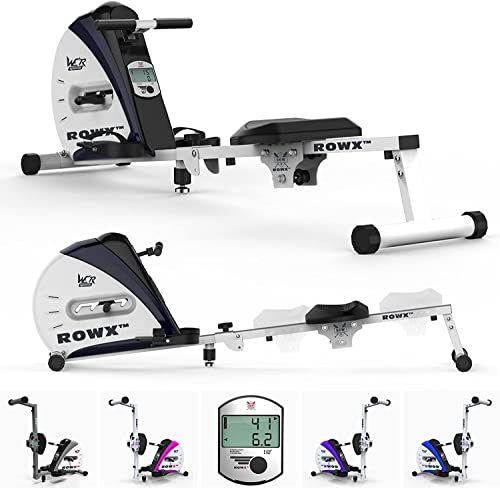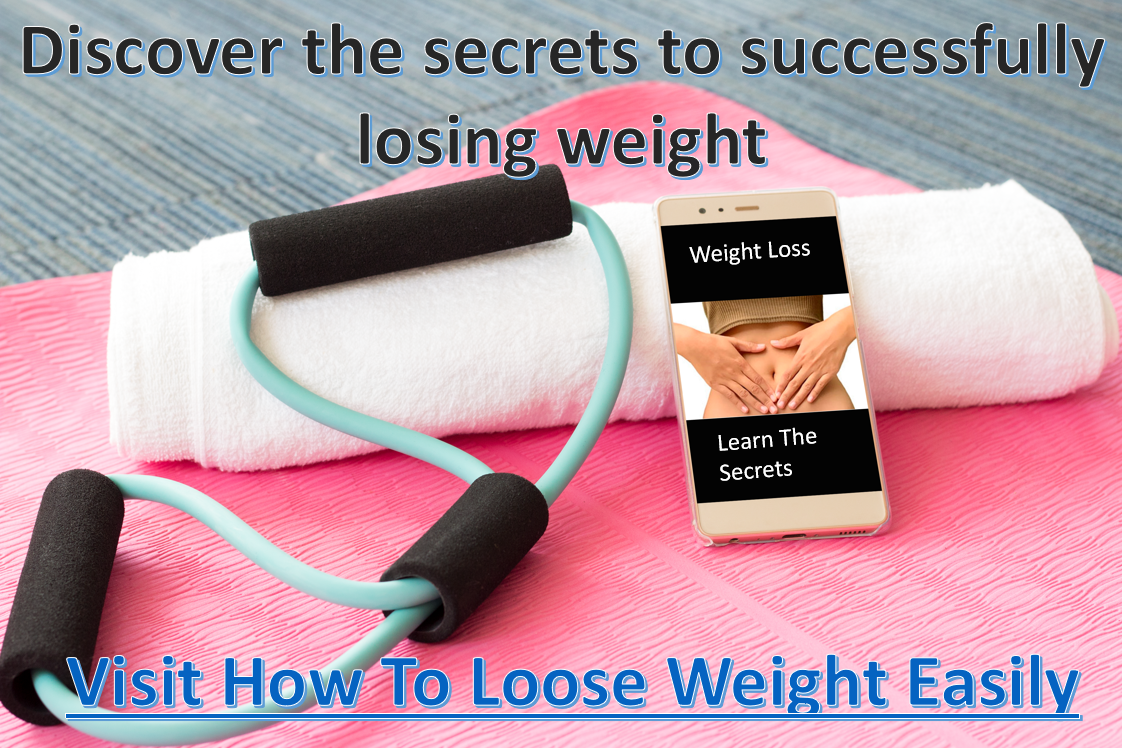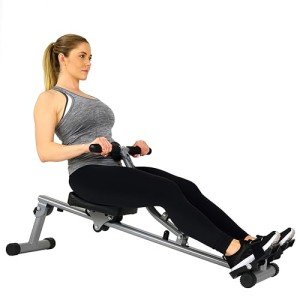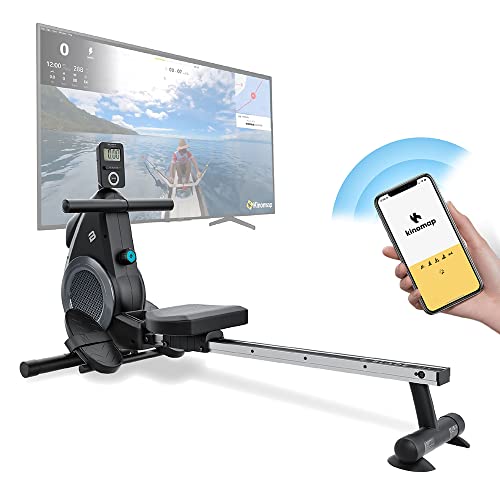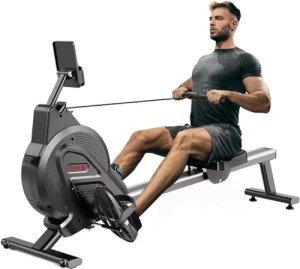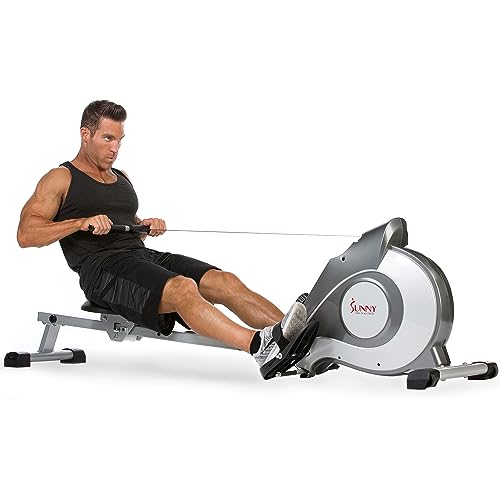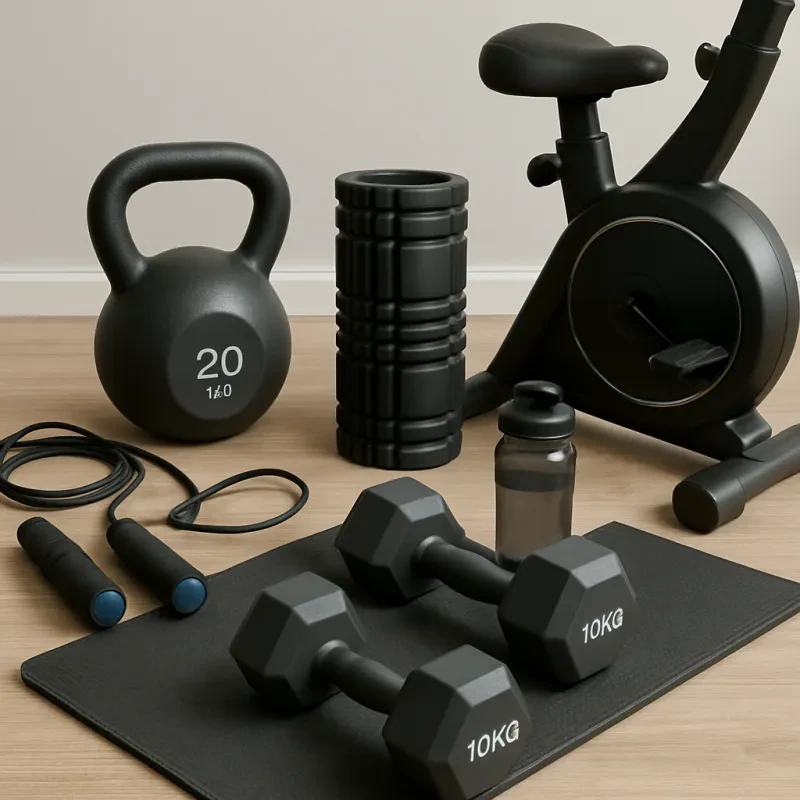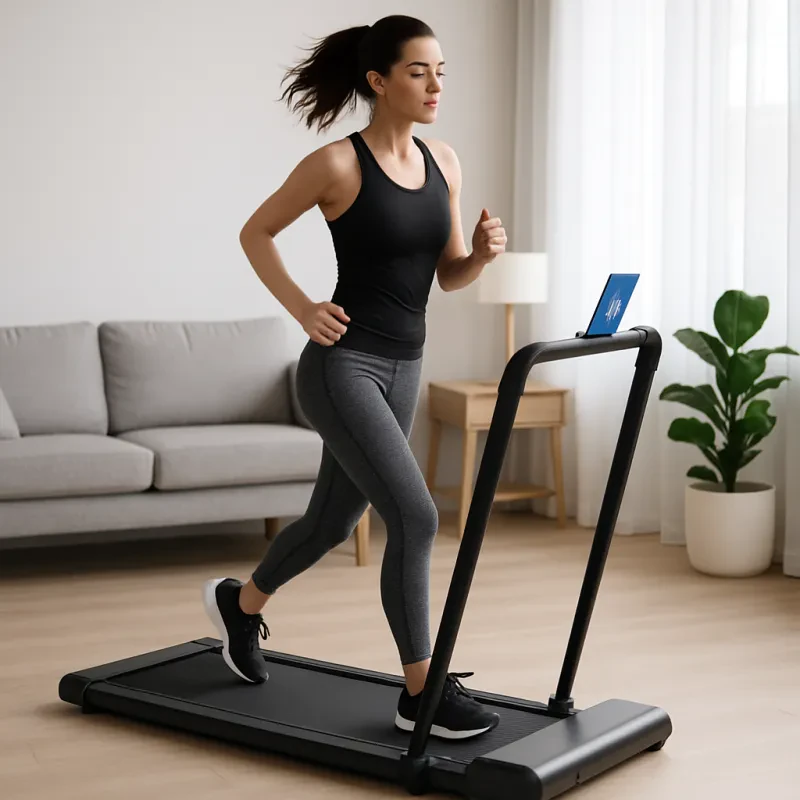Mastering the Rowing Machine
Rowing Machine Basics: Getting Started on the Right Foot
The rowing machine, also known as the ergometer or erg, is a popular piece of equipment in gyms. As a beginner, understanding the proper technique and form is crucial to getting the most out of your workout and avoiding injury. Here are some basics to help you get started on the right foot.
1. Set up the machine:
First, adjust the foot straps and make sure your feet are securely in place. Sit on the seat with your knees slightly bent, and grab the handle with an overhand grip. Keep your back straight and engage your core.
2. Master the stroke technique:
The rowing stroke consists of four phases: the catch, the drive, the finish, and the recovery. Start by pushing with your legs, then lean back slightly while pulling the handle towards your body. Extend your arms fully and smoothly return to the starting position. Practice this motion to become familiar with the proper technique.
3. Pay attention to your posture.
Maintaining good posture is critical for proper rowing technique. Keep your shoulders relaxed, your back straight, and your core engaged throughout the entire stroke. Avoid leaning too far back or hunching over, as this can strain your lower back.
4. Find a comfortable intensity:
When you're starting out, it's important to find a resistance level that suits your fitness level. Increase the resistance gradually as you gain more strength and endurance. Remember to start with shorter sessions and gradually increase your workout time to prevent overexertion.
Building Stamina and Technique: Developing Effortless Rowing
When starting your journey with a rowing machine, developing stamina and technique are essential for achieving effortless and efficient strokes. By focusing on these two aspects, you can maximize your workouts and prevent injuries. Here are some tips to help you build stamina and improve your rowing technique:
First, it's crucial to establish a consistent workout routine. Begin with shorter sessions and gradually increase the duration as you build your endurance. Aim for at least three to four workouts per week, gradually increasing the intensity and time spent rowing. Remember to warm up before each session and cool down afterward to avoid muscle strain.
Secondly, perfecting your rowing technique is the key to effortless rowing. Start by mastering the basics: sit up straight with your feet securely strapped in, legs bent, and grip the handle with a relaxed yet firm grip. Push through your legs to initiate the drive, straightening them while leaning slightly back. Only then should you pull the handle towards your chest, engaging the muscles in your back and arms. Finally, return to the starting position by extending your arms, leaning forward from your hips, and bending your legs.
Lastly, don't forget to focus on breathing. Coordinating your breath with your strokes can significantly improve your stamina and prevent fatigue. Inhale as you return to the starting position, preparing your body for the next stroke, and exhale as you push through your legs and pull the handle. Maintaining a steady rhythm of breath will help you maintain a consistent pace while rowing.
Unlocking the Benefits: Understanding the Fitness Potential of Rowing
When it comes to effective full-body workouts, rowing is often overlooked in favor of more traditional forms of exercise. However, understanding the fitness potential of rowing can be a game-changer for anyone looking to maximize their workout routine. Not only does rowing provide a low-impact cardiovascular workout, but it also engages multiple muscle groups simultaneously. This makes it an excellent option for individuals of all fitness levels looking to improve their strength, endurance, and overall well-being.
One of the key benefits of rowing is its ability to provide a comprehensive cardiovascular workout. Unlike high-impact exercises like running or jumping, rowing is gentle on the joints, making it a suitable choice for individuals with injuries or joint issues. By engaging large muscle groups such as the legs, back, and core, rowing elevates heart rate and helps improve lung capacity. Regular rowing can enhance cardiovascular health, reduce the risk of heart disease, and improve overall endurance levels.
Moreover, rowing offers a full-body workout, targeting muscles from head to toe. The legs are the powerhouse in rowing, as they initiate the drive during each stroke. As you push off with your legs, the muscles in your thighs, calves, and glutes are engaged. As you lean back and pull the handle towards your chest, your back, shoulders, and arms are activated. The continuous motion of rowing also requires stability from the core muscles, providing an effective abdominal workout. By incorporating rowing into your fitness routine, you can develop strength and tone in multiple muscle groups simultaneously.
Remember These Rules To Overcome Rowing Machine Challenges as a Beginner
As a beginner in the world of rowing, it's important to be aware of some common mistakes that people often make when starting out. By understanding these challenges and how to overcome them, you'll be well on your way to mastering the rowing machine. Here are some key tips to keep in mind:
1. Proper Technique: One of the biggest mistakes beginners make is not paying enough attention to their technique. It's crucial to learn the correct form from the start to avoid injury and maximize the efficiency of your workouts. Make sure to maintain a straight back, engage your core, and use your legs, not just your arms, to power each stroke. If possible, consider seeking guidance from a trainer or watching instructional videos to help you get your technique right.
2. Building Endurance Gradually: Another challenge for beginners is building endurance. It's important to remember that rowing is a full-body workout, and it can be taxing on your muscles and cardiovascular system. Start by setting realistic goals and gradually increasing the amount of time you spend on the machine. By doing so, you'll not only build your endurance but also reduce the risk of overexertion and burnout.
3. Monitoring Stroke Rate: Many beginners tend to focus solely on how fast they are rowing, often neglecting the stroke rate. The stroke rate refers to the number of strokes you take per minute, and it plays a significant role in your rowing efficiency. Strive for a moderate stroke rate, about 24-28 strokes per minute, to maintain a steady pace and prevent yourself from tiring too quickly. Remember, rowing is about rhythm and control, so find a comfortable stroke rate that works best for you.
$175.39
$160.56
4.18 out of 5 starsPremium Rowing Machine for Home Fitness Cardio Workout
Achieve an intense cardio workout from the comfort of your home with our top-of-the-line premium rowing machine for ultimate fitness results
Product information
Product Review Score
Product links
Discover all the great rowing machine deals here
